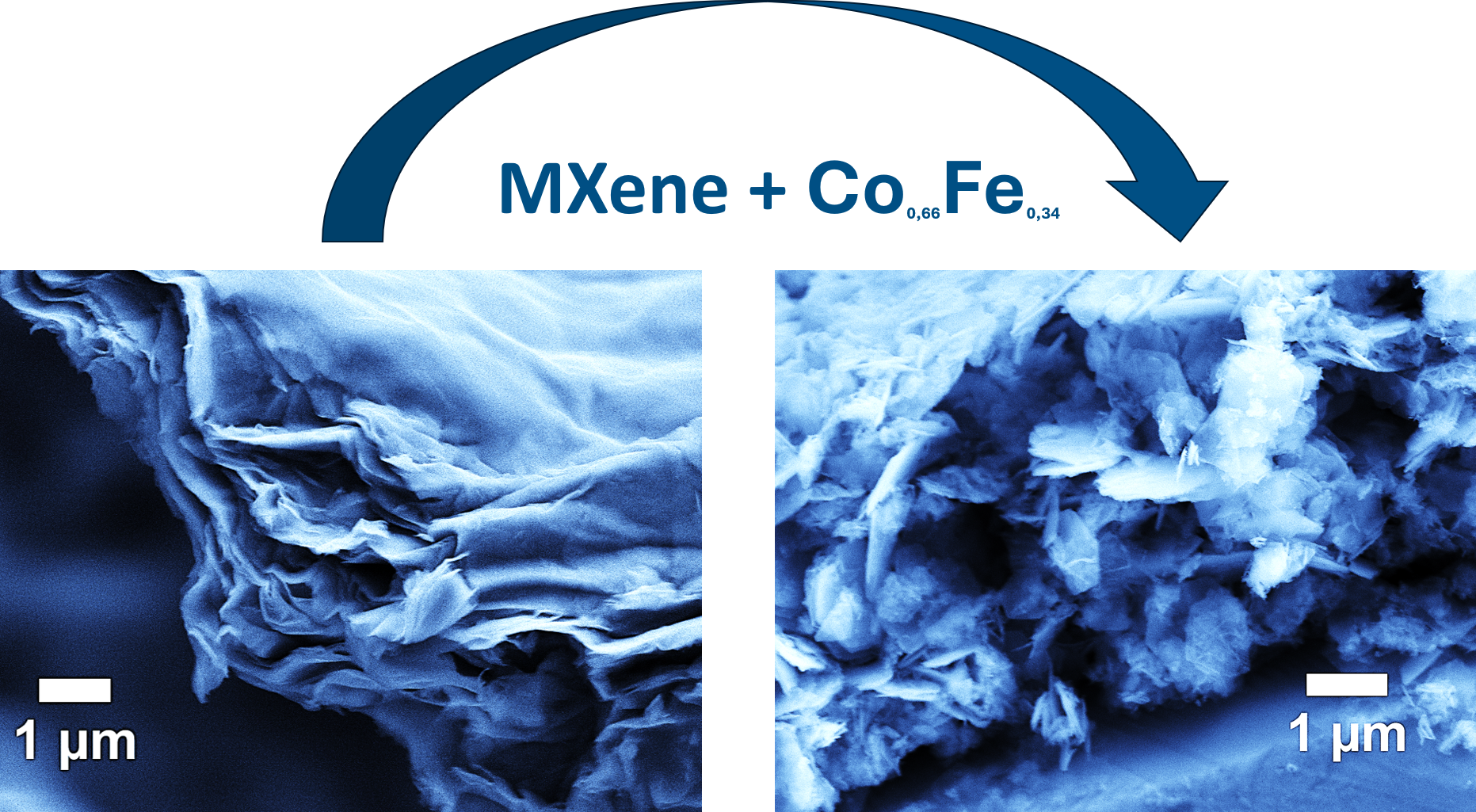Revolutionizing Green Hydrogen Production with MXene-based Catalysts
Key Ideas
- MXene-based materials show potential for improving catalytic performance in the oxygen evolution reaction for green hydrogen production.
- The study demonstrates that embedding cobalt-iron particles into MXene with vanadium vacancies enhances catalytic activity, making it a promising pathway for new catalyst development.
- In situ X-ray absorption spectroscopy at the SOLEIL synchrotron facility in France helped track the oxidation states of iron and cobalt during electrolysis, providing valuable insights for industrial applications.
- Research led by Michelle Browne highlights MXene as a cost-effective and efficient option for developing innovative catalyst materials for green hydrogen production.
An international team, led by chemist Michelle Browne at HZB, has conducted a study on MXene-based materials for enhancing catalyst performance in the oxygen evolution reaction to produce green hydrogen. MXenes, layered structures of carbon and transition metals, have shown effectiveness in supporting catalytically active particles. The study led by Can Kaplan focused on embedding cobalt-iron particles into MXene with vanadium vacancies, resulting in significantly improved catalytic activity. In situ X-ray absorption spectroscopy at the SOLEIL facility allowed the team to monitor the oxidation states of iron and cobalt during electrolysis, providing crucial insights. Browne's research emphasizes the suitability of MXene for developing efficient and cost-effective catalyst materials. The study's findings suggest a promising path towards new catalysts for green hydrogen production, with the potential for industrial applications.
